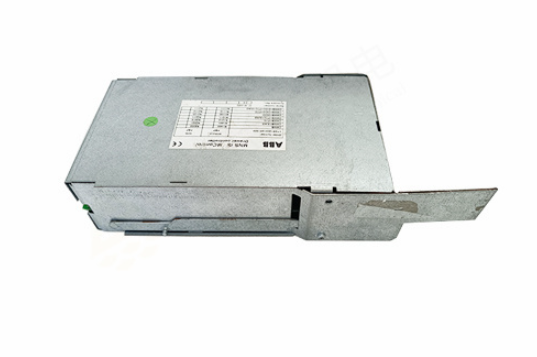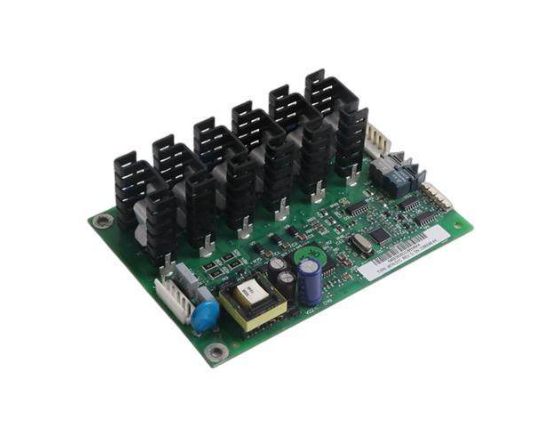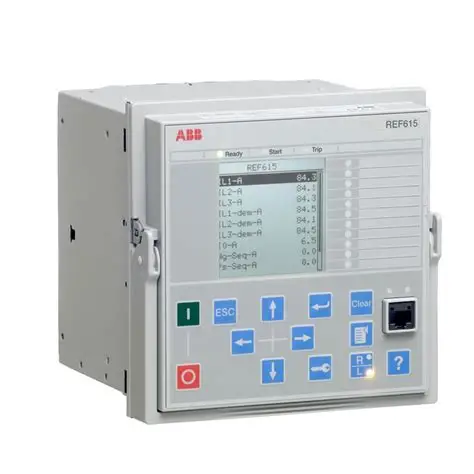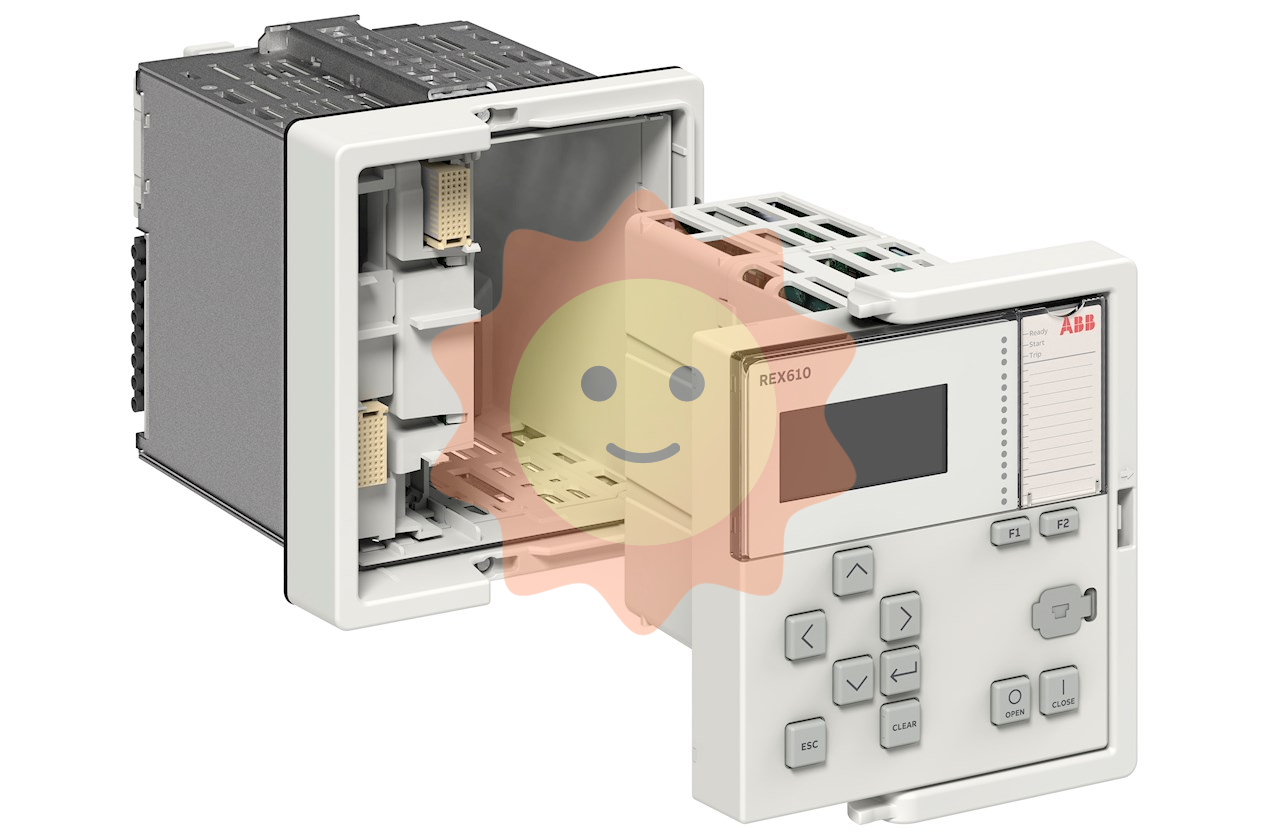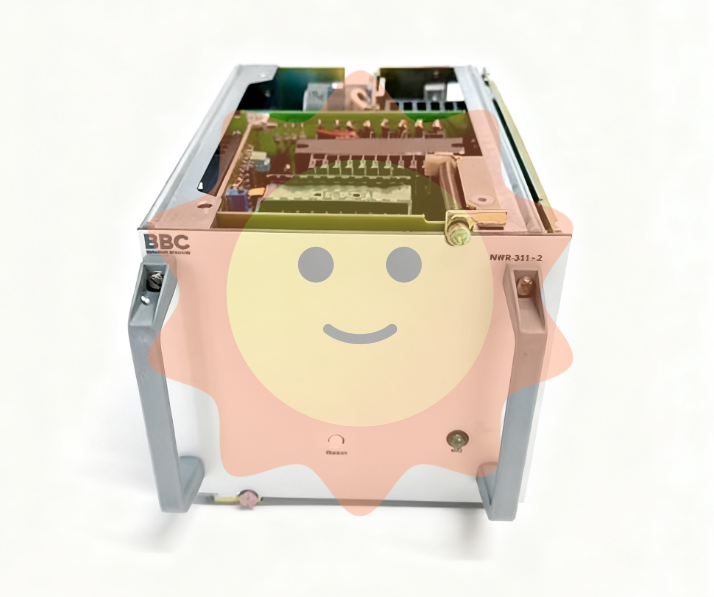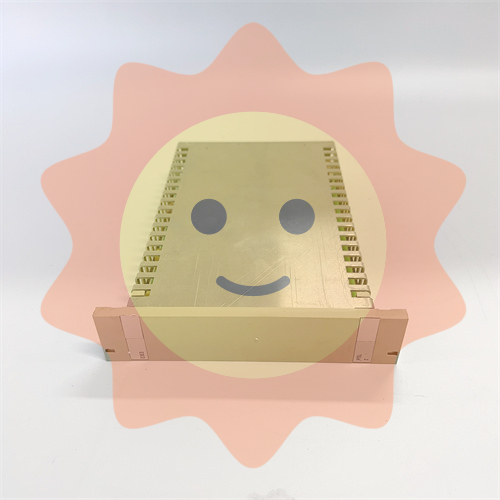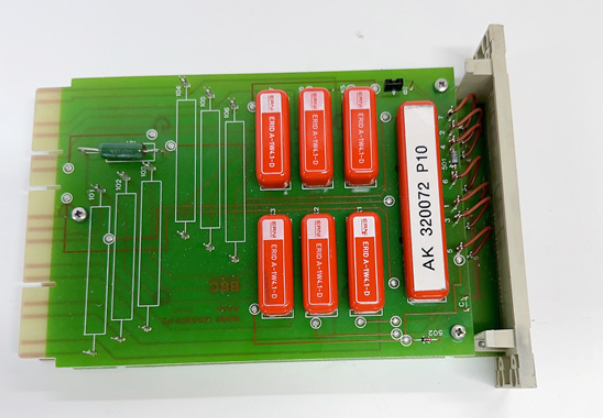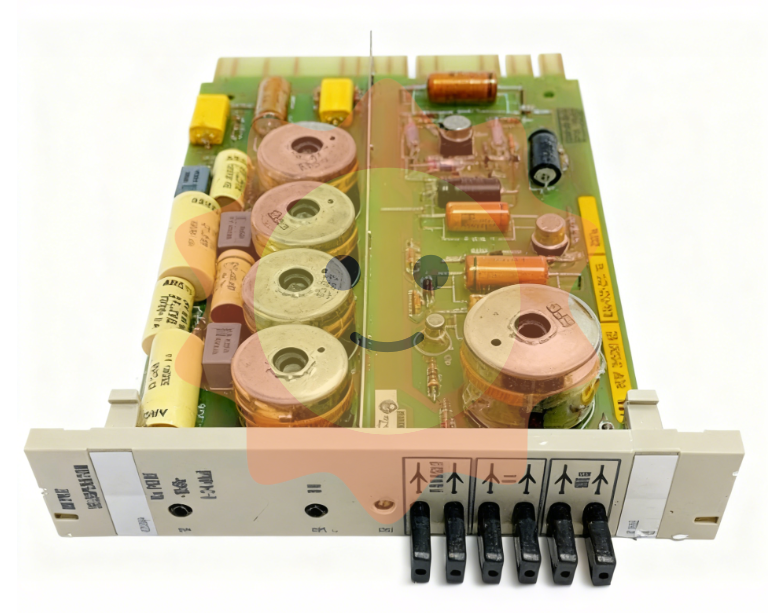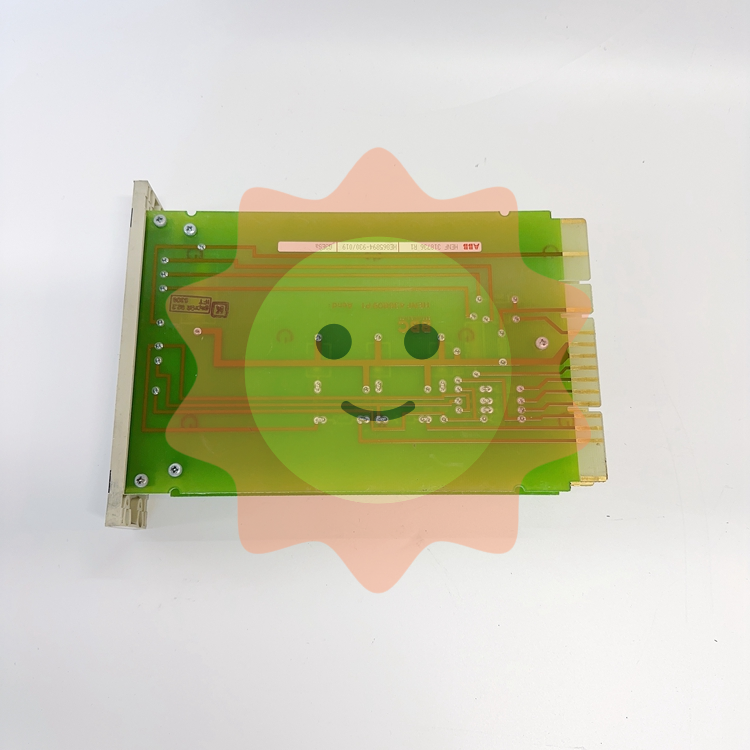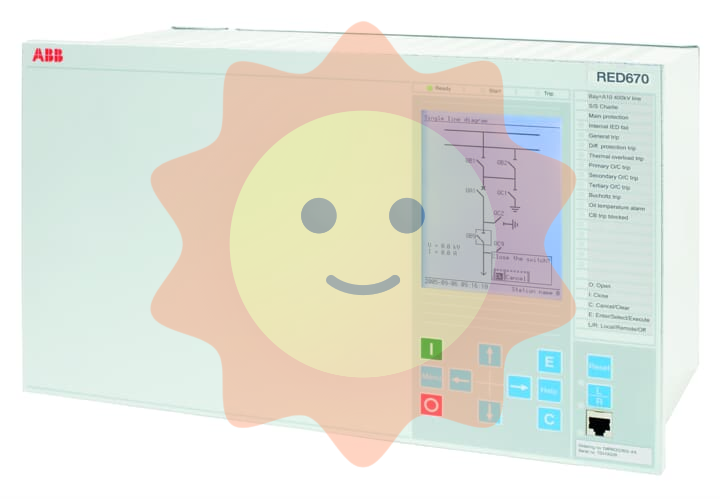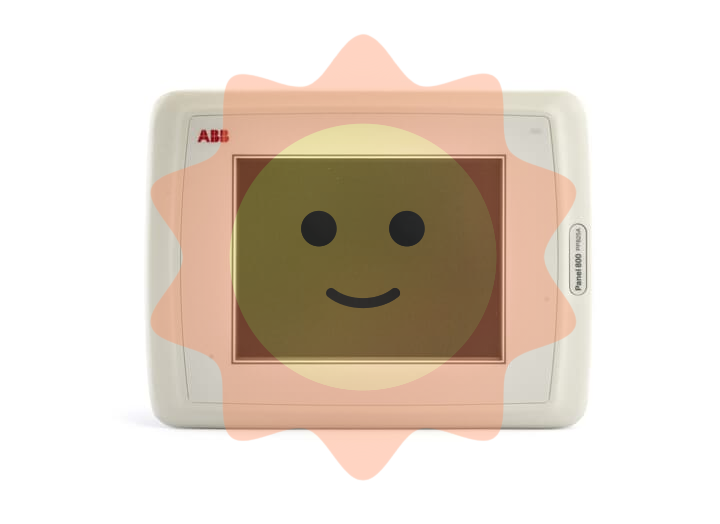Cotton clothes are absolutely natural? Will chemical fiber clothes cause discomfort to the body?
Material is one of the important deciding factors for consumers when purchasing clothing and textiles.
The commonly used fibers of clothing and textiles can be divided into natural fibers and chemical fibers according to their source.
Natural fibers for human development to provide the first shade and cold materials, of which cotton fiber is one of the most important natural fibers, living in the Indian subcontinent 5,000 years ago, people began to use cotton fiber spinning yarn.
Today, cotton clothing and textiles still play an important role in everyone's daily life, on the one hand, because cotton fiber does have a particularly prominent sense of skin, soft feel, and good moisture absorption, good heat preservation, is widely used in underwear, socks, coats, quilts, towels, sheets and other products.
On the other hand, it is because "pure cotton" enjoys a good reputation and is deeply trusted by everyone, and this trust comes from the belief that most consumers have: cotton is a pure natural fiber, safe and harmless to the body. When it comes to chemical fiber, many consumers will think that chemical fiber contains a lot of chemicals, which will bring discomfort to the body.
Is that right?
First of all, if only on the type of contact with chemical substances, that pure cotton can not be "simple", but this evaluation method itself is unreasonable, as long as it is in line with the corresponding national standard of textile products, whether pure cotton or chemical fiber are safe enough.

Today we'll talk about it in detail.
Natural fiber contact
A lot of chemicals, too
Pick the cotton and spin it? That's impossible...
Many friends of "pure natural" may be a little misunderstood, will feel pure cotton, is freshly picked cotton directly spinning fabric, sorry, if you really do so, the clothes will be rough and thick and hard and soil, in short, wearing absolutely uncomfortable and not good looking.
In fact, cotton from being picked to the final into a light and comfortable garment or textile, the middle is a long, very complicated processing chain, typical processing processes usually include ginning - spinning - weaving - dyeing - cutting - sewing.
In this process, in order to present the final color and style, the cotton fiber must not only undergo multiple physical processing, but also inevitably multiple chemical processing.
According to the needs of the process, the cotton fiber will react with dozens of chemicals, some chemicals will remain on the fiber to become an important material that forms the final textile (such as dyes, coatings), some chemicals are used to improve the processing conditions, do not interact with the fiber and will not remain on the fiber (such as surfactants, finishing AIDS).
For example, we often hear about mercerized cotton, which refers to cotton fabrics that have been mercerized, often used in shirts and T-shirts. Mercerizing process refers to the use of cotton fiber in the concentrated alkali solution irreversible swelling principle, cotton yarn or cotton fabric is treated, after mercerizing cotton yarn or cotton fabric made of clothing will have silky luster, soft feel.
The printing and dyeing process gives the textile rich colors and patterns, and various dyes are used in the processing process. Traditional plant dyes use natural dyes extracted from plants. With the full development of chemical synthesis industry, chemical synthetic dyes have almost replaced traditional plant dyes because of their lower cost, more complete chromatography, better dyeing and color fixation. Taking the use of VAT dye to dye pure cotton grey cloth as an example, the VAT dye is reduced by powder and caustic soda to dissolve into leach solution, first adsorbed on the surface of the cotton fiber, and then diffused to the interior of the fiber to complete the dyeing of the fiber, bringing color to the fabric.
The finishing process can improve the appearance and internal quality of the textile, improve the performance or give the textile a special function, and a variety of finishing AIDS are also used in the processing process. Consumers often see non-ironing cotton shirts, the fabric of this cotton shirt is the use of non-ironing finishing process, the resin cross-linking of the garment finishing. Resin molecules form covalent crosslinking with cellulose molecules of cotton fibers to improve the wrinkle resistance of cotton fibers, thus achieving the effect of non-ironing.
The above is only a brief introduction to the chemical treatment of cotton fibers or fabrics in the mercerizing, dyeing, and post-finishing processes. In the entire textile processing process (especially dyeing printing and post-finishing links), textiles are exposed to a lot of chemicals.

At this point, consumers may worry that after so many chemical treatments, textile products will become harmful to the body.
In fact, the national mandatory standard GB18401-2010 "National Textile products basic safety technical specifications" for the safety of textile products to do the most basic requirements, the national standard of textile products formaldehyde content, pH value, dyeing fastness, odor, decomposition of carcinogenic aromatic amine dyes have strict requirements to ensure that textile products are safe and harmless to human body.
Textile products for infants and young children should meet the requirements of Class A in the above standard, and products in direct contact with the skin should meet at least the requirements of Class B in the standard (if consumers are interested here, they can refer to the specific content of the standard, which is publicly available).
Looking at it this way, you must have found that even "pure cotton" is exposed to a lot of chemical substances... But we have passed through so many pure cotton clothing are also very safe, this is because the qualified textile implementation of the national standard, so we really do not tangle with the production process and "chemical" two words, directly see whether the finished product is in line with the national standard, and this also applies to chemical fiber products.
Chemical fiber, more efficient
Different from natural fiber, chemical fiber is a kind of fiber made by chemical methods, chemical fiber has only a short history of more than 100 years, but the output is large and the variety is rich.
Compared with cotton fiber, which needs to be harvested through agricultural planting and seeds after a certain growth cycle, in order to enter the industrial processing link behind, the production of chemical fiber is more "direct", and directly enters the high-efficiency industrial processing link from the source.
The largest yield of synthetic fiber in the chemical fiber family, for example, the source of synthetic fiber is petroleum, petroleum through the chemical system layer extraction, separation, the production of such fibers required small molecular organic compounds, and then small molecular organic compounds through addition polymerization or condensation reaction to synthesize organic polymer compounds, and then through various processes to become fibers.
The man-made fiber, which is also a chemical fiber, must first dissolve and purify the natural polymer compounds or derivatives in order to carry out subsequent production and processing, which will not be described here.
The emergence of chemical fibers has greatly enriched the variety and performance of textiles and clothing, giving products some functions and characteristics different from natural fiber materials. For example, the significant feature of polyester is poor hydrophilicity, which makes polyester fabric has the characteristics of easy to dry, and many high-quality quick-drying sports clothing materials are made of ultra-fine polyester.

After the microfiber is woven into the fabric, the capillary siphon effect is formed between the fibers, which will accelerate the sweat evaporation on the surface of the fiber, and keep the surface of the human body in motion dry and comfortable. The researchers developed cotton-like polyester, which has the advantages of cotton fiber, and its hydrophilicity has been significantly improved. Cashmere polyester is a kind of polyester with wool fiber characteristics, which is developed by learning from the experience of cotton polyester. Its surface and cross section are honeycomb microporous structure, fineness is close to cashmere, and it has a soft and delicate feel like cashmere and good moisture absorption.
After the characteristics of natural fibers and chemical fibers are fully understood, people often combine the advantages of natural fibers and chemical fibers through blending or interweaving processes in product development, so as to achieve the effect of 1+1 > 2.
The most common example is the polyester/cotton blend fabric, which is usually made of 65% polyester and 35% cotton fiber. The strength, wear resistance and shape retention of polyester-cotton blended fabric are better than those of pure cotton fabric, and at the same time, it has certain moisture absorption and soft feel. For example, the traditional jeans are made of cotton roving, although the moisture absorption is good, but the lack of elasticity, the close-fitting effect is not good, then people have developed a variety of suitable jeans fabrics, such as a high-stretch denim is the use of cotton yarn and spandex yarn interwoven products, interwoven into the high-elastic spandex yarn (usually in 3%-5%), you can obtain elastic denim fabric, Personal comfort, in order to ensure the special style of denim clothing on the basis of added comfort.
Natural fibers and chemical fibers have their own advantages, they together for us to weave a rich variety of clothing and textiles, textile products in line with national standards are safe and reliable, consumers can buy according to actual use needs.
- EMERSON
- Honeywell
- CTI
- Rolls-Royce
- General Electric
- Woodward
- Yaskawa
- xYCOM
- Motorola
- Siemens
- Rockwell
- ABB
- B&R
- HIMA
- Construction site
- electricity
- Automobile market
- PLC
- DCS
- Motor drivers
- VSD
- Implications
- cement
- CO2
- CEM
- methane
- Artificial intelligence
- Titanic
- Solar energy
- Hydrogen fuel cell
- Hydrogen and fuel cells
- Hydrogen and oxygen fuel cells
- tyre
- Chemical fiber
- dynamo
- corpuscle
- Pulp and paper
- printing
- fossil
- FANUC
- Food and beverage
- Life science
- Sewage treatment
- Personal care
- electricity
- boats
- infrastructure
- Automobile industry
- metallurgy
- Nuclear power generation
- Geothermal power generation
- Water and wastewater
- Infrastructure construction
- Mine hazard
- steel
- papermaking
- Natural gas industry
- Infrastructure construction
- Power and energy
- Rubber and plastic
- Renewable energy
- pharmacy
- mining
- Plastic industry
- Schneider
- Kongsberg
- NI
- Wind energy
- International petroleum
- International new energy network
- gas
- WATLOW
- ProSoft
- SEW
- wind
- ADVANCED
- Reliance
- YOKOGAWA
- TRICONEX
- FOXBORO
- METSO
- MAN
- Advantest
- ADVANCED
- ALSTOM
- Control Wave
- AB
- AMAT
- STUDER
- KONGSBERG
- MOTOROLA
- DANAHER MOTION
- Bently
- Galil
- EATON
- MOLEX
- Triconex
- DEIF
- B&W
- ZYGO
- Aerotech
- DANFOSS
- KOLLMORGEN
- Beijer
- Endress+Hauser
- MOOG
- KB
- Moxa
- Rexroth


Email:wang@kongjiangauto.com

